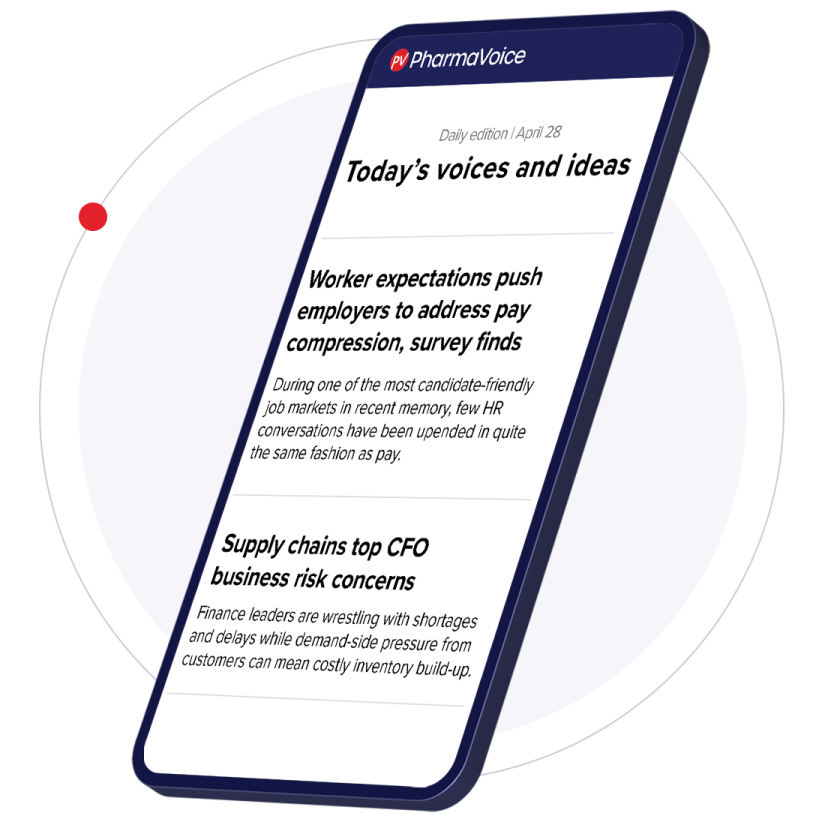Disease-modifying Alzheimer’s treatments have arrived, but they haven’t delivered the dramatic breakthrough many hoped for.

“The effects of slowing the progress of Alzheimer's disease, though very useful, still are very modest,” said Dr. Orest Hurko, a neurology consultant for specialty CRO Veristat. “It only slows things down a bit.”
Despite the nearly 138 drugs in the pipeline, another major leap forward is likely still years away, Hurko said.
Although progress in Alzheimer’s R&D is steady but slow, activity remains high. There were 18 more trials in 2025 than 2024 and the number of phase 1 trials doubled. Still, the disease’s complex biology continues to challenge scientists.
Many of the most advanced late-stage prospects are variations on the amyloid-targeting approach used by Eisai and Biogen’s Leqembi and Eli Lilly’s Kisunla, the two approved Alzheimer’s drugs.
Roche’s phase 3 drug trontinemab is one of those second-generation contenders. It’s meant to build on the current generation by adding brain-shuttle technology designed to move its amyloid-clearing antibody gantenerumab across the blood brain barrier.
Delivering the drug directly into the brain allows scientists to use a lower dose, which may reduce serious side effects such as brain bleeds and swelling. While gantenerumab alone failed to slow Alzheimer’s progression, the new delivery approach could make a difference.
Some experts laud its potential to rapidly clear brain plaques, with nine out of 10 volunteers seeing plaques cleared in 28 weeks. However, it’s still unclear if that will result in symptom improvement.
A focus on new approaches
While the anti-amyloid approach remains popular, Alzheimer’s research has moved beyond that playbook.
“It really spans the gamut, reflecting both the remaining problem that needs to be solved, but also the commercial opportunity for anybody who really builds a better mouse trap,” Hurko said.
Among the drugs that target 15 different disease processes, two of the lead candidates take aim at tau protein tangles and inflammation, both of which could drive cognitive decline, he said.
About 11% of Alzheimer’s drugs in the pipeline, including Merck’s phase 2 antibody MK-2214, target neurofibrillary tau tangles. Biogen is also pursuing a tau-targeting approval with BIIB080, an antisense oligonucleotide that received FDA fast track designation in April.
Hurko believes therapies aimed at reducing inflammation may be among the most promising and might explain why many people with amyloid plaques never develop dementia.
“There’s something more than just amyloid that’s affecting it,” he said.
Inflammation is one suspected underlying factor, and some studies have found a much lower risk of Alzheimer's disease in people treated with anti-inflammatory drugs for autoimmune conditions such as rheumatoid arthritis, Hurko said.
The challenge for this class of drugs will be striking a balance — suppressing inflammation without causing serious side effects. Several anti-inflammatory candidates are in the pipeline, including BioVie’s phase 3 drug candidate bezisterim.
Blockbuster GLP-1 weight loss drugs have also shown early promise in Alzheimer’s appearing to drive down inflammation and protect brain function. Novo Nordisk is conducting two phase 3 Alzheimer’s trials that could show whether the treatments slow cognitive decline, although the side effects may pose a concern for older adults.
Treating early
Another important trend is the shift toward early intervention and diagnosing through biomarkers, rather than waiting for patients to develop symptoms.
“It’s been clear for decades that the Alzheimer’s disease process starts 15 to 20 years before there are any symptoms or impairment,” Hurko said. Starting treatment sooner could head off or delay disease, he said.
The FDA last year released draft guidance to help researchers design trials for earlier-stage Alzheimer’s, including diagnostic criteria and trial endpoints.
“If I had to pick one thing, even more than the inflammation, even more than the GLP-1s, or the [tau drugs], all of which have some promise, this gives me the greatest hope that we're really going to make some progress,” Hurko said.
Now, the goal is to determine which biomarkers to use. The work of organizations such as the Alzheimer's Disease Neuroimaging Initiative, which has worked to validate biomarkers, will help identify those targets in presymptomatic patients.
In the meantime, the wait for a truly game-changing treatment may be further down the road.

















